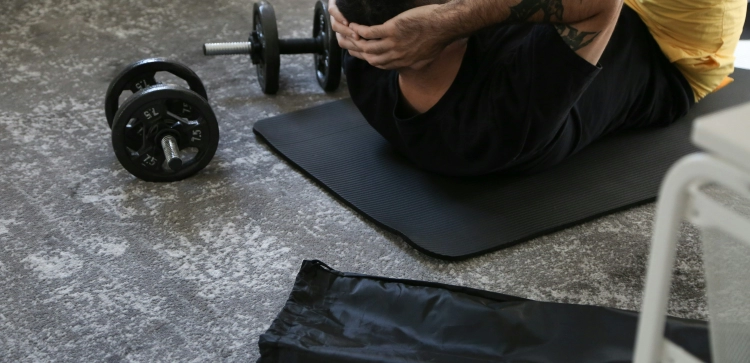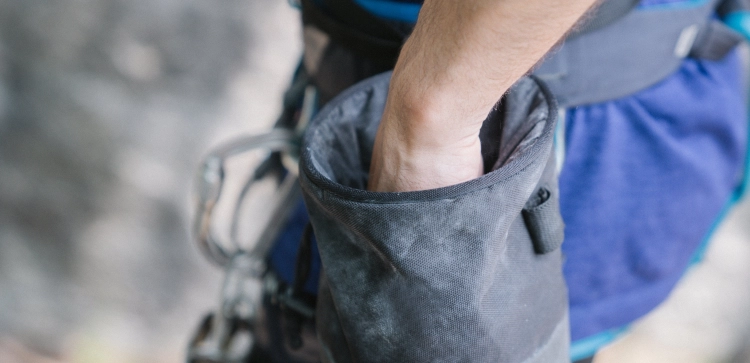

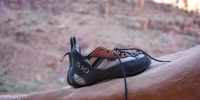





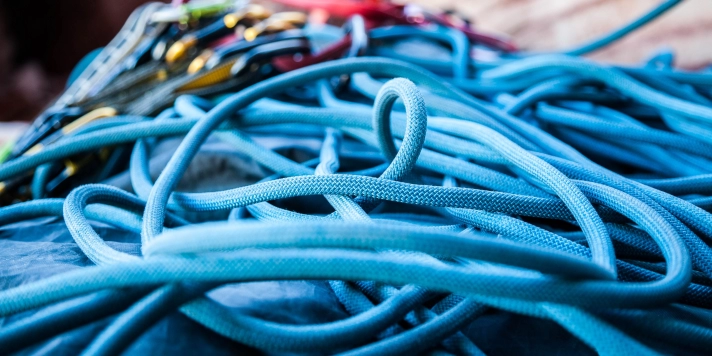
climbing gear
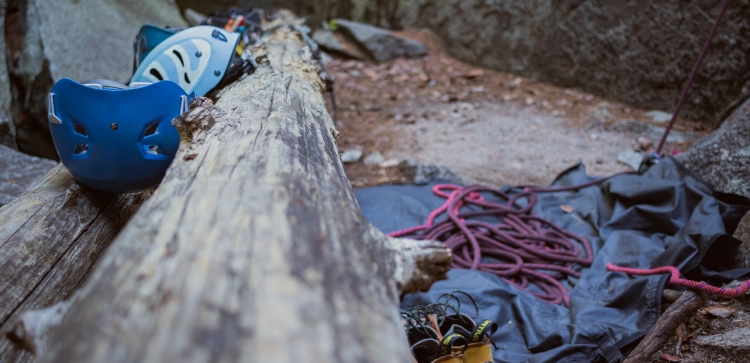
There isnt a rule that says you need one, but, if you are going to use chalk then I would say yes, you do.
You could put your chalk in plastic containers like many new climbers do, but this is really not efficient, and its very easy for the chalk to spill and get knocked over.
I think its just a matter of preference. I personally order very cheap chalk blocks online and just break them up in my chalk bag.
Not so much that it will spill out, and not so little that you have to scrape the sides for it.
I tend to have 1-2 broken down chalk blocks in my chalk bucket. But this also depends on the size of your chalk bag.
Some climbers prefer chalk powder because it is more convenient to use, allows for better distribution on the hands, and creates less dust. Others may prefer chalk blocks because they like the texture or find them easier to handle. Ultimately, both chalk powder and chalk blocks serve the same purpose of improving grip by absorbing moisture from the hands.
It is generally not necessary to wash your chalk bag frequently unless it becomes visibly dirty or starts to develop an unpleasant odor. Chalk bags are primarily used to hold and dispense chalk, which is a dry substance. However, over time, the inside of the bag may accumulate some dust, dirt, or sweat from your hands.
If you feel that your chalk bag needs cleaning, here are some guidelines to follow:
- Empty the Bag: Remove all the chalk from the bag and dispose of it properly.
- Spot Cleaning: If there are specific areas of the bag that are dirty or stained, you can use a damp cloth or sponge with mild soap to gently clean those areas. Avoid saturating the fabric and allow it to air dry completely.
- Hand Washing: If your chalk bag is made of fabric that can be submerged in water, you can hand wash it using a mild detergent. Fill a sink or basin with lukewarm water and add a small amount of detergent. Gently agitate the bag in the water, paying attention to any heavily soiled areas. Rinse thoroughly with clean water and allow it to air dry completely.
- Machine Washing (if applicable): Some chalk bags are machine washable. Check the manufacturer's instructions or tag on the bag to determine if it is safe to machine wash. If so, use a gentle cycle with mild detergent and wash it separately or inside a laundry bag to prevent damage to the bag or other items in the wash.
Remember to consult the specific care instructions provided by the manufacturer for your chalk bag, as different materials and construction methods may require different cleaning approaches.
The longevity of a chalk ball can vary depending on factors such as frequency of use and personal preference for chalk application. Generally, a chalk ball can last for several months to a year or even longer. How quickly you go through a chalk ball will depend on how often you climb, how much chalk you use per session, and the size of the chalk ball itself.
As the chalk ball is used, it gradually depletes, becoming smaller and less effective. You may notice that the ball feels lighter and there is less chalk being dispensed. Eventually, the chalk ball will need to be refilled or replaced.
